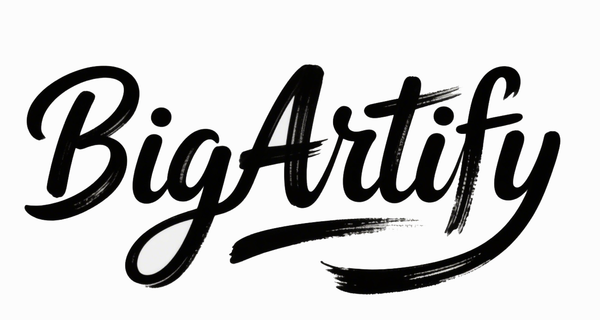The Enduring Appeal and Creative Range of Blue Abstract Painting
Blue abstract painting is celebrated for its ability to evoke profound emotion, tranquility, and limitless imagination. Blending the boundless beauty of blue with the energy of abstraction, this art form bridges history, psychology, and modern design, attracting collectors and interior designers worldwide.
The Historical and Cultural Roots of Blue in Abstract Art
Blue has carried significance throughout art history due to its rarity and symbolic meaning. In ancient cultures, blue pigments were expensive—a luxury reserved for revered subjects and spaces. This legacy extended to the modern era, inspiring artists to convey spirituality, serenity, and mystery through blue abstraction. The story of blue’s artistic journey is outlined in A Brief History of Blue in Art.
Pablo Picasso’s Blue Period (1901–1904), marked by emotionally charged works like La Vie and The Old Guitarist, used blue to express themes of melancholy and introspection. These masterpieces demonstrate blue’s power beyond representation, hinting at the abstract possibilities that flourished later.
French artist Yves Klein devoted his career to the color, developing the iconic International Klein Blue. Klein’s monochrome explorations used blue to “let the viewer enter the infinite,” emphasizing the emotional and meditative properties of color as explored in The Legacy of Yves Klein and Blue Abstraction.

Influential Artists and Iconic Blue Abstract Works
-
Henri Matisse: His Blue Nudes series showcases expressive forms cut from painted paper, relying on only blue to define space and figure.
-
Mark Rothko: Famed for his large canvases with floating blue rectangles, Rothko evoked meditation and spiritual transcendence through luminous color fields. Explore his techniques in The Emotional Depth of Blue in Rothko’s Works.
-
Wassily Kandinsky: Considered a pioneer of abstraction, Kandinsky embraced blue as a spiritual color. His painting Several Circles balances blue tones to suggest cosmic harmony. More can be found in How Wassily Kandinsky Used Blue in Abstraction.
These and other visionaries pushed blue abstraction into the forefront of modern and contemporary art, setting standards for innovation and emotional expression.
Techniques and Modern Trends in Blue Abstract Art
Blue abstract artworks leverage a wide array of media and approaches:
-
Monochromatic Layering: Building depth and light through multiple layers of blue.
-
Impasto and Textural Work: Using thick paint to create tactile compositions reflecting movement and light.
-
Mixed Media and Collage: Combining fabrics, paper, and acrylics to mimic natural elements like water or sky.
-
Digital Manipulation: Contemporary artists blend technology with traditional techniques, expanding the possibilities for blue abstraction.
Artists like Barbara Hepworth and Helen Frankenthaler contributed to these trends, each experimenting with texture, translucence, and vivid blue palettes, discussed in The Best Blue Abstract Artists and Their Techniques.
How to Use Blue Abstract Art in Contemporary Interiors
Blue’s versatility makes it an ideal choice for different spaces:
-
Blue abstracts add calm and sophistication to bedrooms and living rooms.
-
Large-scale blue canvases can create dramatic focal points in entryways.
-
Smaller blue abstracts bring subtle energy to offices or meditation corners.
For practical tips on decorating with blue abstract art, see Inspiration: Using Blue Abstract Paintings in Home Decor.
Where to Find Blue Abstract Paintings
A curated selection of original blue abstract works is available in the Blue Abstract Painting collection, providing pieces suitable for both private collectors and professional designers.
Frequently Asked Questions (FAQ)
What emotions does blue abstract art evoke?
Blue abstracts often convey serenity, introspection, and a sense of the infinite, but can also suggest melancholy or dramatic tension.
Which famous artists specialize in blue abstract painting?
Henri Matisse, Yves Klein, Mark Rothko, Wassily Kandinsky, and Pablo Picasso are all celebrated for their pioneering blue abstractions.
How do blue abstract paintings complement different interiors?
Their versatility allows blue abstracts to harmonize with minimalist, modern, and classical décor—serving either as bold statements or subtle enhancements.
What techniques stand out in blue abstract art?
Layering, impasto, collage, and innovative digital approaches are commonly used to express blue’s emotional depth and visual richness.
Where can I purchase authentic blue abstract paintings?
Browse a diverse range at the Blue Abstract Painting collection, offering works by both emerging and established artists.
